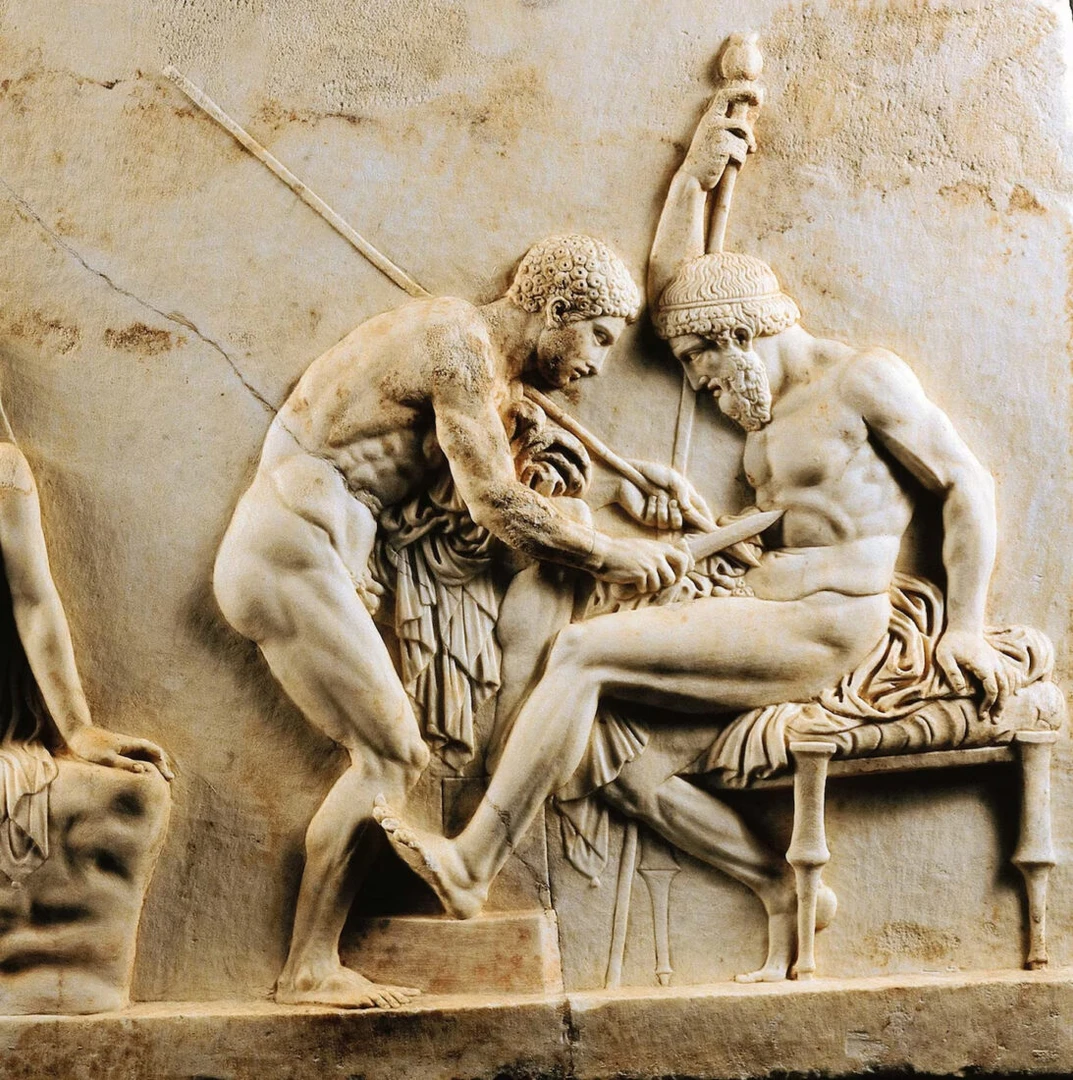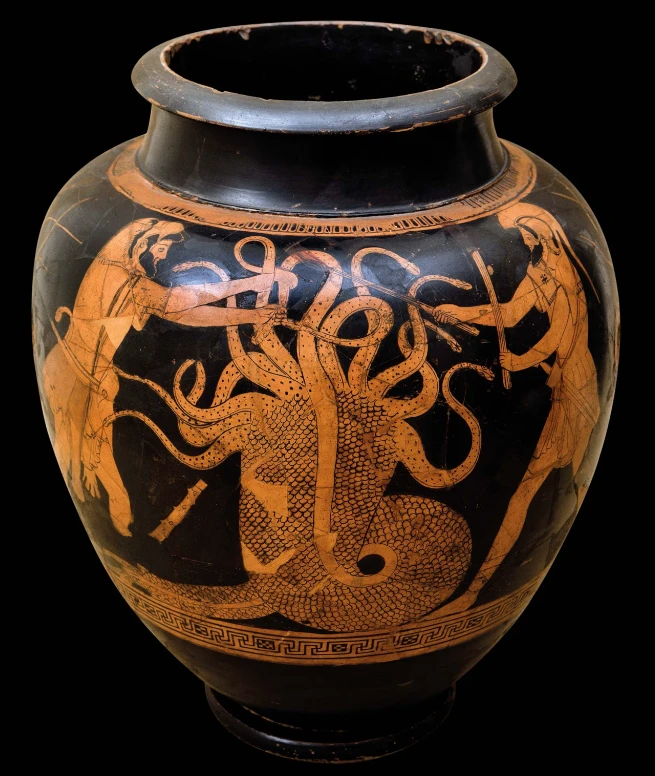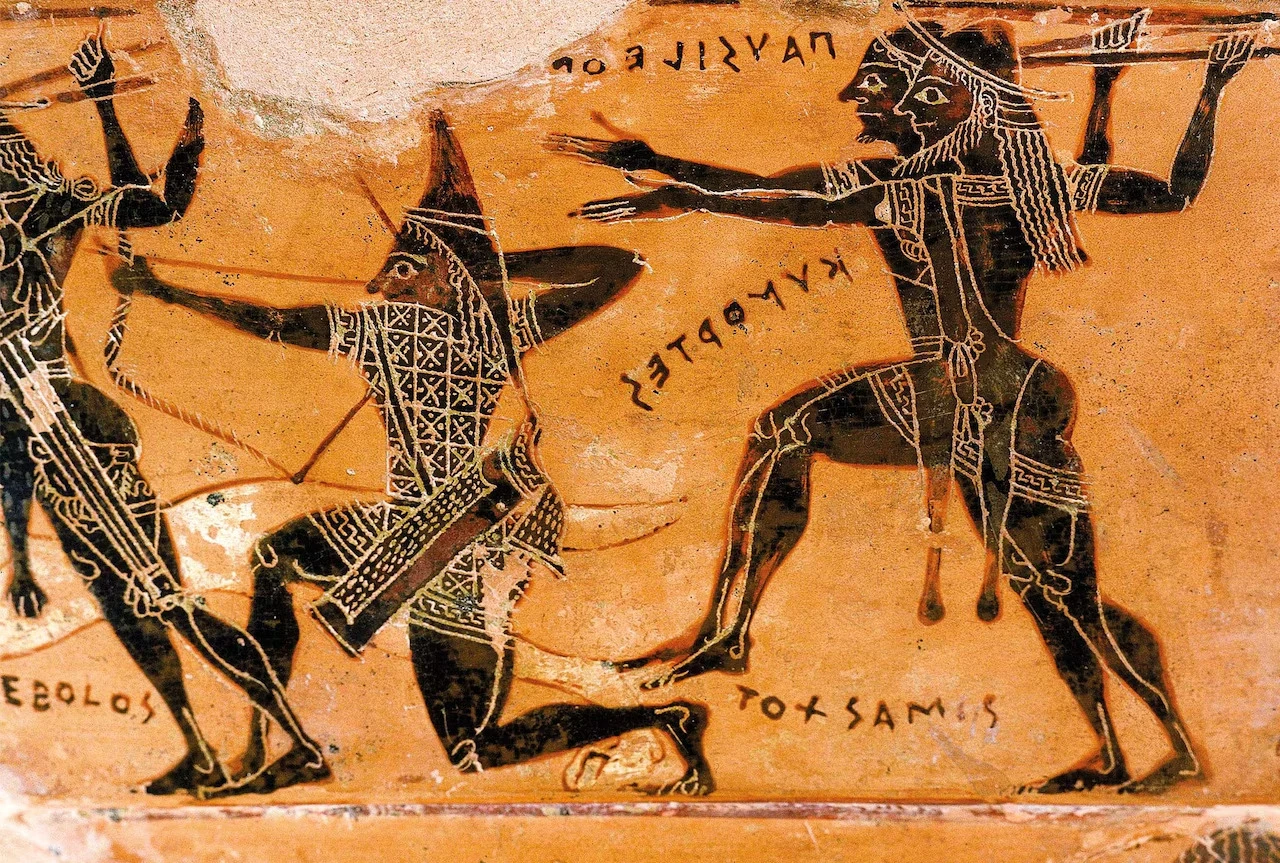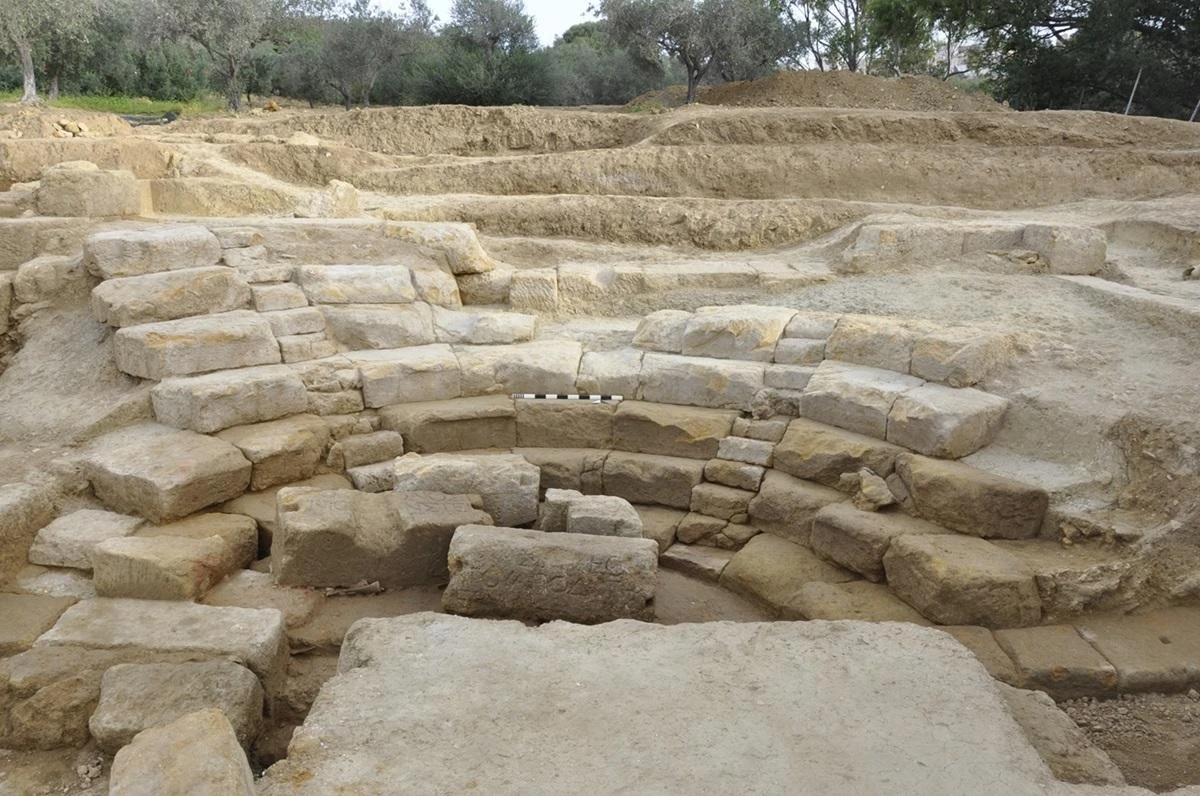How was biochemical warfare conducted in ancient times?
 The Love Potion,1903 (Left-By Evelyn De Morgan) and The Death of Cleopatra, 1820 (Right-By Domenichino after Pierre Mignard)
The Love Potion,1903 (Left-By Evelyn De Morgan) and The Death of Cleopatra, 1820 (Right-By Domenichino after Pierre Mignard)
Early warfare often leveraged nature’s arsenal, utilizing venomous snakes, toxic gases, and deadly pathogens for devastating effects. While many historians believe that biological and chemical weapons are modern inventions, ancient texts provide numerous examples of their use.
Greek mythology is rich with accounts of biological warfare, from the poisonous blood-stained weapons of the Gorgons to the deadly arrows of Apollo and Artemis. These tales were not just fantasy but also reflected historical realities.
Though ancient “biochemical” tactics do not align with modern scientific definitions, they represent the oldest evidence of intentions and practices that evolved into today’s biochemical weapons. The use of toxic weapons was often considered unfair, but these tactics were rationalized in specific circumstances, reflecting a complex and inconsistent attitude toward such methods.

Use of poisonous weapons in ancient times
Ancient armies used snake venom, microbes, poisonous plants, and incendiary materials in arrows to incapacitate their enemies.
The earliest recorded case of water poisoning dates back to around 590 B.C. during the First Sacred War, when the Athenians and their allies poisoned the water supply of the city of Kirrha using hellebore, a toxic plant.

Greek mythology also offers insights into the creation of biological weapons, such as Heracles dipping his arrows in the venom of the Hydra.
These stories highlight the difficulties and consequences associated with biological weaponry. Poisoned arrows, using a variety of substances, were a popular method of biological warfare in antiquity.

Ancient chemical weapons and poisoned arrows
Greek and Roman sources detail the use of chemical and biological weapons in ancient times.
For instance, during the siege of Plataea, Spartans used a mixture of pitch and sulfur to produce toxic gases. Similarly, the Boeotians created a “flame weapon” to destroy the Athenian defenses at Delium.
Scythian warriors were notorious for their poisoned arrows, which they dipped in a mixture of snake venom, decayed viper corpses, and human blood. Alexander the Great also encountered poisonous weapons in India, where defenders used toxins from decayed snakes to inflict severe suffering on his troops.

Toxic gases, chemical fires in ancient warfare
In 429 B.C., during the Peloponnesian War, Spartans used a heap of wood soaked in pitch and sulfur to create toxic gases against the city of Plataea.
This method of chemical warfare demonstrated the effectiveness and destructive potential of ancient toxic weapons.
The Boeotians later invented a “fire weapon” in 424 B.C. to avoid wind changes, using burning coals and sulfur to attack Athenian fortifications at Delium. In the siege of Ambracia, defenders used a smoke machine to repel Roman miners, utilizing the toxic effects of burning feathers.
These ancient applications provide insights into the development and use of chemical and biological weapons.



